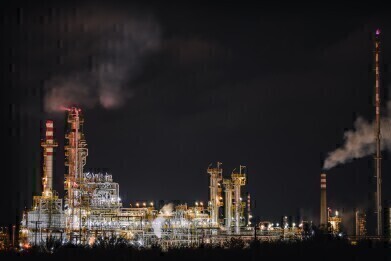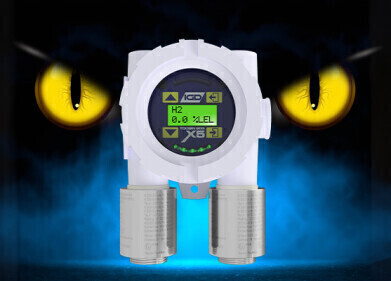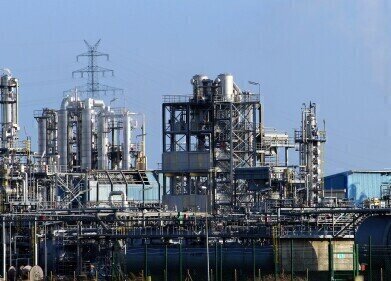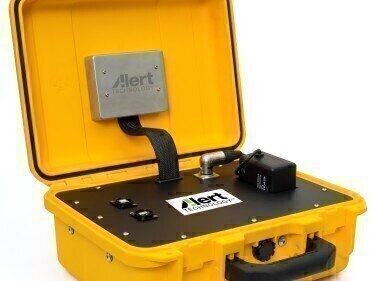Fixed Gas Detector
How Are Fixed Gas Monitors Used at Refineries?
Dec 27 2022
As places where crude oils are converted into fuel sources to get us from A to B and pliable materials to make consumer products, refineries are crucial to the functioning of modern society. However, their handling and processing of hydrocarbons inevitably entails the release of a wide variety of different gases, many of which can be detrimental to human and environmental health.
For that reason, refinery site managers are required by law to have robust monitoring practices in place, which can give continuous and up-to-the-minute information on gas concentrations at a variety of locations around the plant. In this article, we’ll take a look at everything you need to know about gas detection as it relates to fixed monitors in place at refineries.
What types of gases are monitored at refineries?
The specific gases which are being monitored at any given refinery will vary depending on the activities taking place there and the exact position of the sensors. Having said that, the primary function of refineries involves dealing with hydrocarbons, so monitoring of gases such as methane and benzene is perhaps most commonplace.
However, there are a range of other gases which will likely be monitored as well. These include carbon dioxide, carbon monoxide, hydrogen sulphide, sulphur dioxide, nitric oxide and nitrogen dioxide, as well as general air pollutants such as ground-level ozone and particulate matter. The gases can be defined as toxic (harmful to health), combustible (prone to causing fire or explosion) and asphyxiant (capable of displacing oxygen and thus causing suffocation), as well as environmentally damaging (by contributing to global warming, for example).
Where are fixed gas monitors placed at refineries?
National and international legislation requires that site owners protect people, assets and the environment by having a good handle on the gas concentrations of the ambient and indoor air around their facility. For that reason, an extensive network of fixed gas monitors must be in place, including at the following locations:
- Bulk storage areas
- Catalytic cracking process machinery
- Flanges
- Perimeter of facility (to provide fence-line readings)
- Pump seals
- Valves
- Ventilation systems
Of course, different gases may require different monitors, so it is the responsibility of the site owner or manager to ensure that all bases are covered via the network of fixed gas monitors that are in place. These can (and should) be supplemented by portable gas detectors worn or carried by employees to ensure their safety at all times and detect leaks before the become a major issue.
How do fixed gas monitors at refineries work?
In general, there are two distinct types of fixed gas monitors in operation at refineries: sampling instruments and in-situ, open-path monitors. As the name suggests, the former collect small volumes of gas in tubes or other receptacles and analyse its composition via an internal cell. Meanwhile, the latter send a light beam through the gas effluent stream and assess its composition based on its absorption properties.
While both varieties can prove useful, open-path monitors are generally regarded as more effective for use in refineries. This is because the gas can be monitored all along the shaft of the light beam, which can stretch for several hundred metres. As such, these sensors can be placed around the perimeter of the facility and provide comprehensive fence-line monitoring capabilities. They can also monitor multiple gases and require less upkeep than sampling monitors.
For a more in-depth exploration of gas monitoring at refineries and other locations, the informative book The CoGDEM Guide to Gas Detection is now available to purchase online for all interested parties.
Digital Edition
IET 34.2 March 2024
April 2024
Gas Detection - Biogas batch fermentation system for laboratory use with automatic gas analysis in real time Water/Wastewater - Upcycling sensors for sustainable nature management - Prist...
View all digital editions
Events
Apr 30 2024 Melbourne, Australia
Apr 30 2024 Birmingham, UK
May 03 2024 Seoul, South Korea
May 05 2024 Seville, Spain
May 06 2024 Minneapolis, MN, USA



















